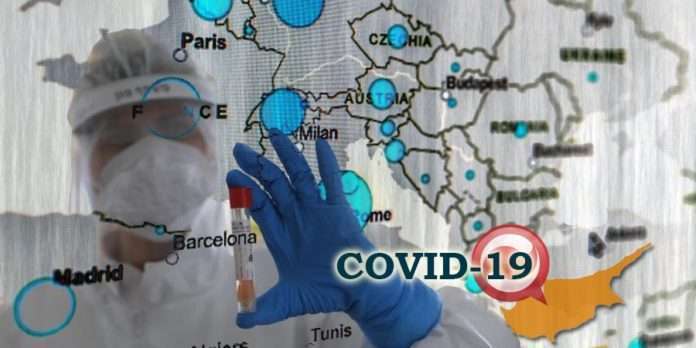[adsanity id=”682652″ align=”aligncenter”/]
According to WHO: “Testing, tracing must be the ‘backbone’ of coronavirus response”.
But how are countries trying to tackle the new pandemic that found most of them woefully unprepared?
So far, the gold standard for testing is the polymerase chain reaction (PCR) testing. The first quantitative reverse-transcriptase-based PCR (RT-PCR) tests for detecting SARS-CoV2 were designed and distributed in January by the World Health Organization (WHO.
However, the tests are expensive, time-consuming and only suitable for centralised laboratories which greatly minimizes the capacity of most countries for performing them.
[adsanity id=”682607″ align=”aligncenter”/]
Furthermore, according to the current guidelines, you may only need testing if you have symptoms of infection and have recently traveled to parts of the world where infection rates are high. You may also need testing if you have had close contact with someone who has traveled to one of those areas.
The symptoms of COVID-19 include: Fever, Cough, Shortness of breath, Sore throat.
As a result, a large part of the population who are either asymptomatic or don’t have access to testing run the risk of passing on the virus despite the strict lockdown measures adopted by many countries.
Hoping to provide a solution to this problem, many governments are now looking at antibody tests which can be done at home with the prick of a finger and provide fast results. A positive antibody test would indicate that an individual has had the decease and has therefore developed some form of immunity to it.
Find out quickly and efficiently if you have been infected with Coronavirus
[adsanity id=”682652″ align=”aligncenter”/]














